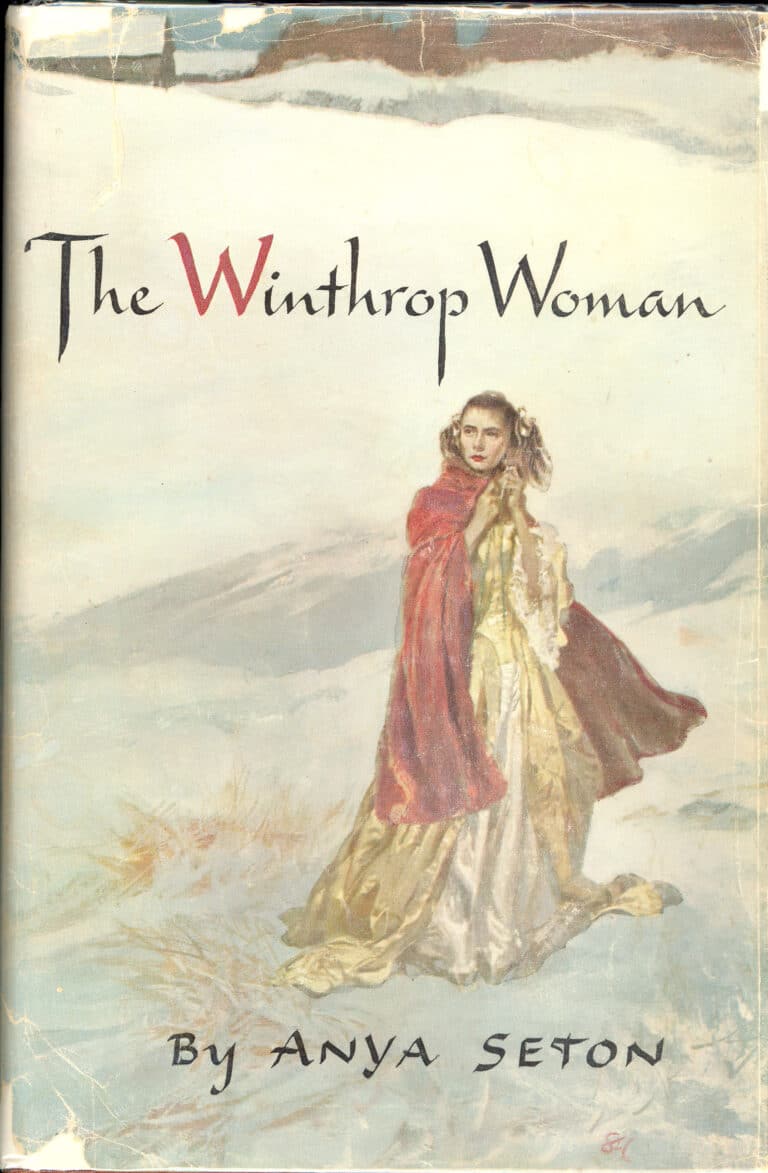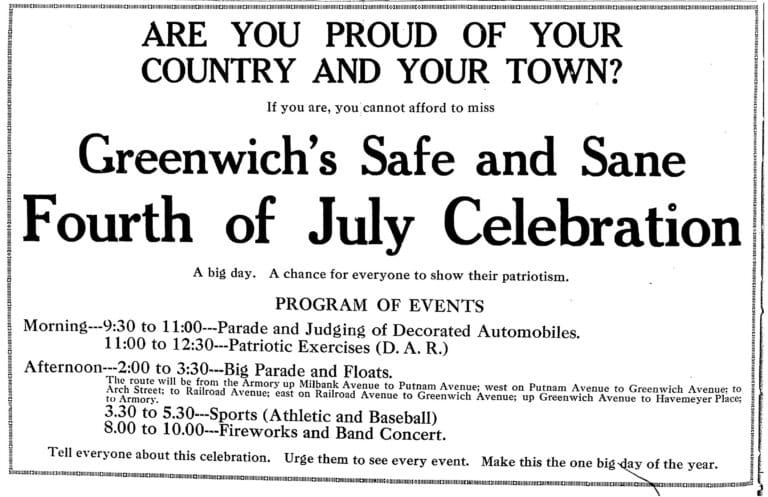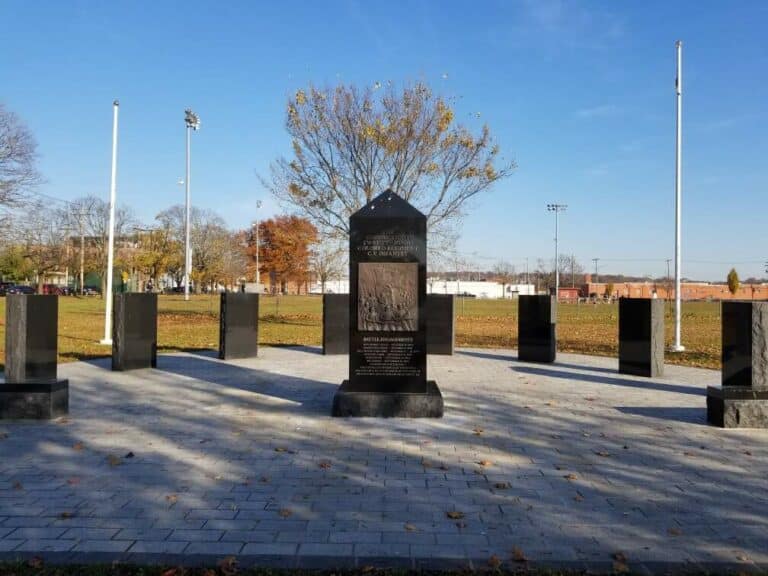The Greenwich Historical Society’s exhibition Lost Landscape Revealed: Childe Hassam and The Red Mill, Cos Cob (January 16-March 28, 2021) focuses on the Cos Cob Lower Landing during the period of the Cos Cob art colony. The exhibition uses numerous items from the Historical Society’s archival and museum collections to bring this period to life, including paintings, photographs, business records and correspondence.
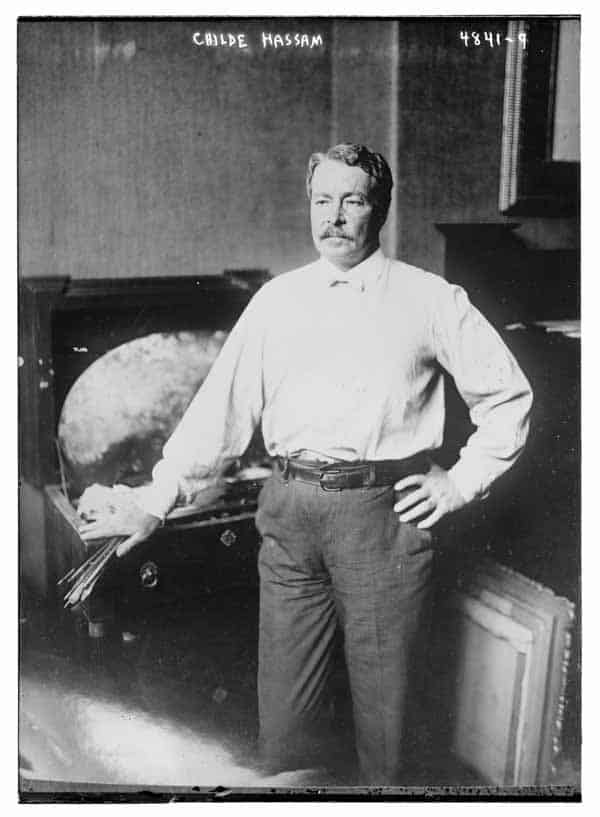
One of the many things to appreciate about these primary source materials is the way they can offer tangential insights into the lives of their authors. Consider this 1917 letter (Figure 2) from artist Childe Hassam to Elmer MacRae (addressed as “Sandy” in the salutation).

It is written on stationery with the address 130 West 57th Street. This building was constructed between 1907 and 1908 to provide both studio and residential accommodations for artists. Its location on the south side of 57th street and bays with double-height windows flooded the interiors with the northern light so desired by painters (see Figure 5). Hassam was an early resident of the building, but was only one of many notable artists, writers, musicians and celebrities associated with the structure over the years. These include 20th century figures such as Tony Bennett, Ray Charles, Woody Allen and The Rolling Stones. Fortunately, this historic structure is still extant. It was recognized as a city landmark by the New York City Landmarks Preservation Commission in 1999.
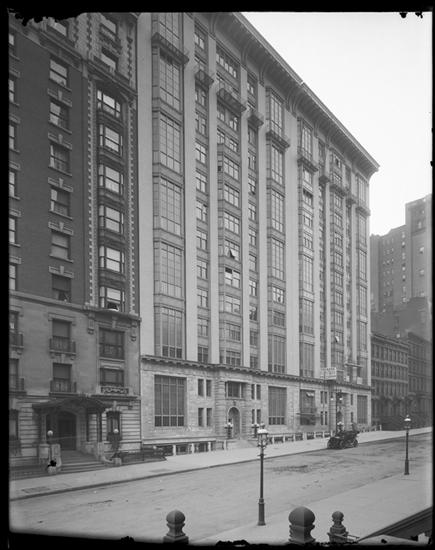
The Moorland Hotel (sometimes designated as The Hotel Moorland) was located near Cape Ann’s Good Harbor Beach. It was built in 1896 at a time when the area was becoming an increasingly popular tourist destination. Many artists, including Fitz Henry Lane and Winslow Homer, were captured by the extraordinary scenic qualities of the area. In this 1919 letter, Hassam notes that he had last visited the area at least ten years earlier, but “it is still the most beautiful place in North America for a painter.”
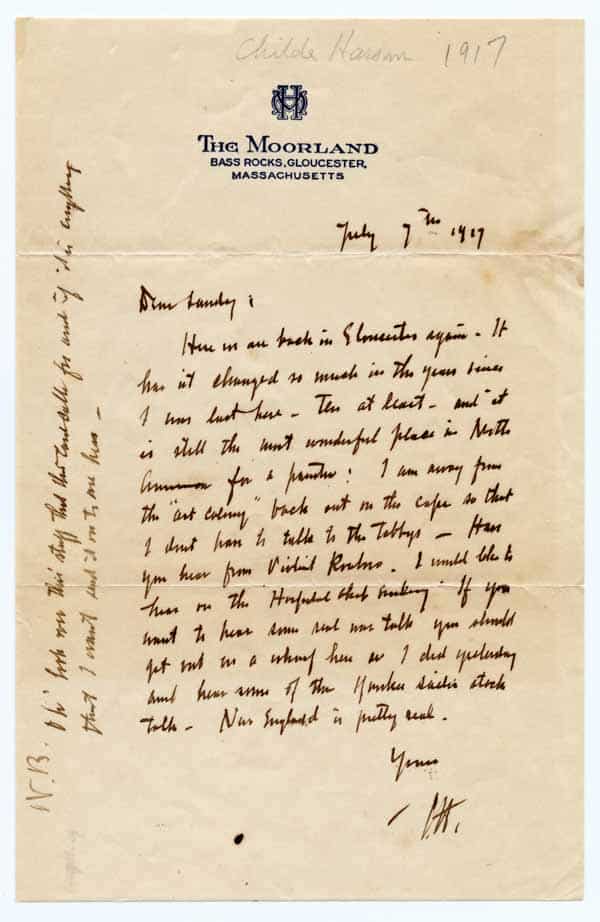
Source: Greenwich Historical Society, Holley/MacRae Collection
Another letter penned by Childe Hassam in 1919 (see Figure 4) is on the stationery of The Moorland Hotel.
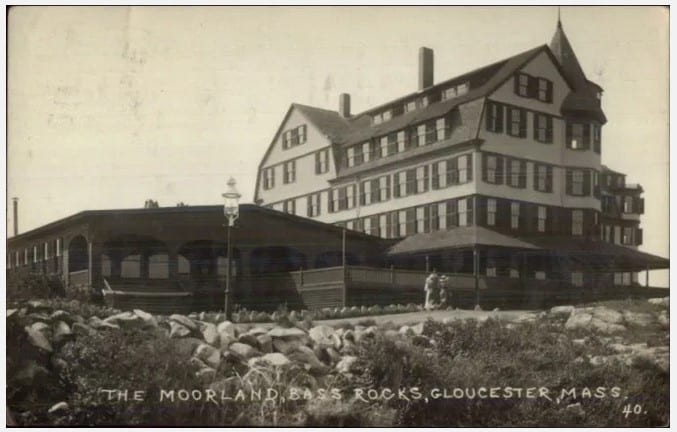
Source: Historic Ipswich On The Massachusetts North Shore (blog); link to post.
Like many of the grand hotels of the area, the Moorland Hotel is no longer in existence. It was destroyed by fire in 1958.

This 1896 letter from Childe Hassam to Margaretta (surname unknown) is on stationery from The Players at 16 Gramercy Park. (Note that this letter is coincidentally from the same year as The Red Mill painting which is the highlight of the Lost Landscape Revealed exhibition).
The Players is a private social club that was founded in 1888 by actor Edwin Booth with 15 other members, including author Mark Twain, “for the promotion of social intercourse between the representative members of the dramatic profession and the kindred professions of literature, painting, sculpture and music, and the patrons of the arts.” Booth was the most accomplished and popular actor of his time (and elder brother of Lincoln assassin John Wilkes Booth).
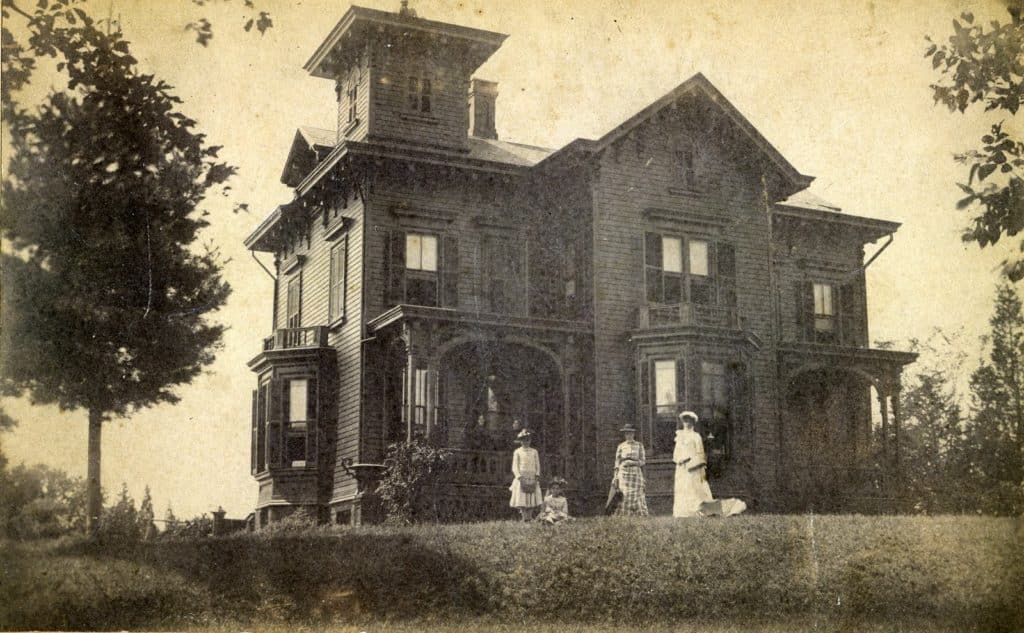
Figure 7: Cedar Cliff, home of Edwin Booth, in Cos Cob. Source: Greenwich Historical Society, Photograph Collection
Edwin Booth has a close tie to Greenwich as he owned a vacation home here called “Cedar Cliff” that he purchased from the estate of noted playwright Charles M. Barras in 1872. The house was located across from the Cos Cob train station on a riverfront piece of property known as Studwell’s Point (site of today’s Cos Cob Park). Edwin spent time there with his second wife, Mary McVicker, an actress who had played Juliet to his Romeo in a Chicago production. Booth used the home for leisure and as a site to prepare for some of his most celebrated theatrical roles.
Accounts note that Booth was seriously injured in 1874 or 1875 when he was thrown from his carriage in Cos Cob while on his way to Stamford for supplies. Fortunately, he was able to recover from these injuries and return to his touring and stage work. Newspaper accounts of the time indicate that Booth socialized with prominent Greenwich resident Commodore E. C. Benedict. He spent the Fourth of July 1884 at Benedict’s Indian Harbor great estate. Commodore Benedict reported that it was aboard his yacht, Oneida, that Edwin Booth originally proposed the idea for The Players Club where actors and managers could meet both socially and professionally.
It is interesting how something as simple as the letterhead on stationery can provide so many connections between people and places, some of them leading right back to Greenwich. These leads can be a treasure trove for those with a wide variety of interests and are one of the many potential rewards of working with the archival collections. Keep this in mind when considering exploring a topic of interest to you. The Historical Society is here to help.
Lost Landscape Revealed: Childe Hassam and The Red Mill, Cos Cob was on view at the Greenwich Historical Society January 16-March 28, 2021. Watch the gallery talk video here.
Presented By First Republic Bank

